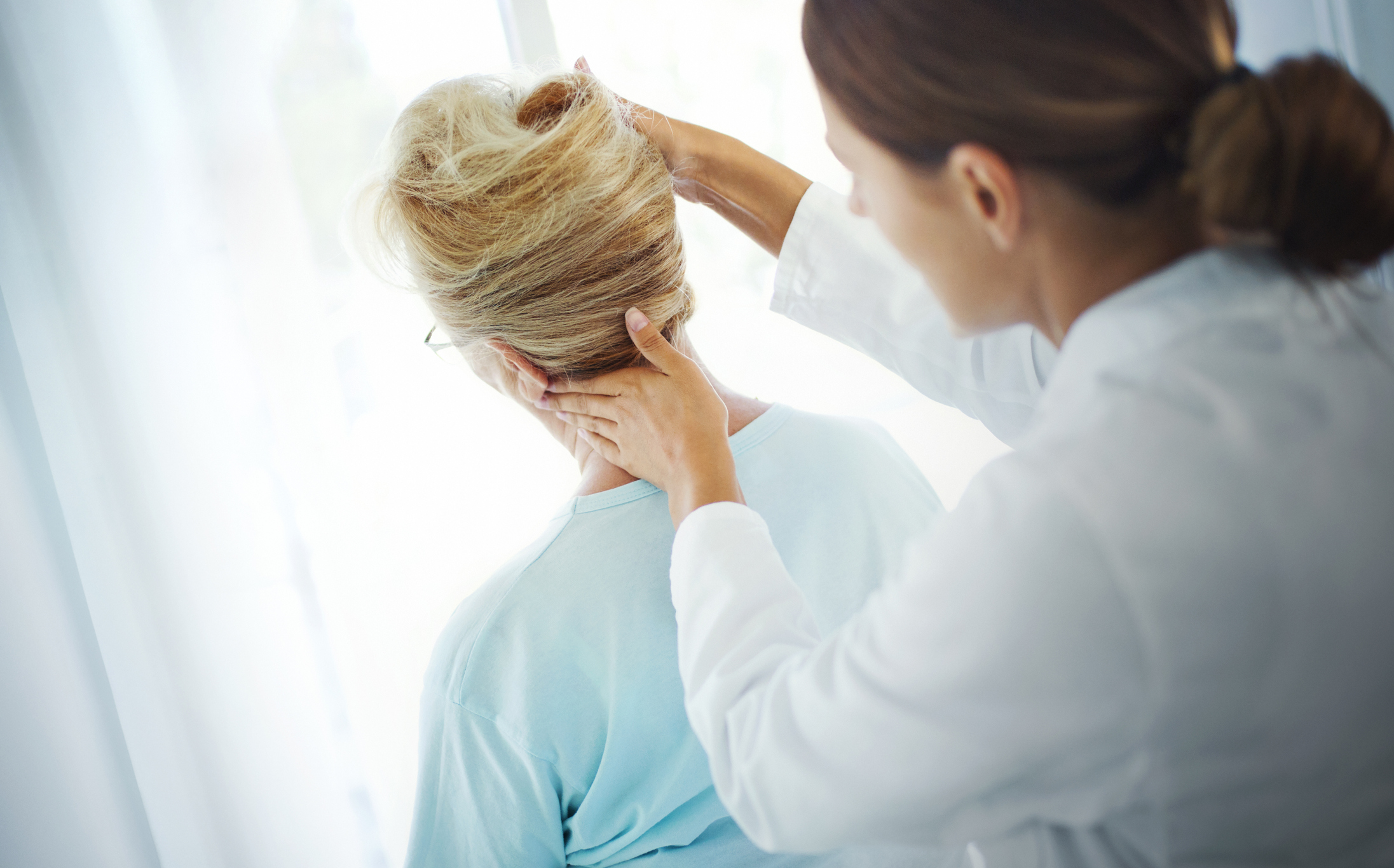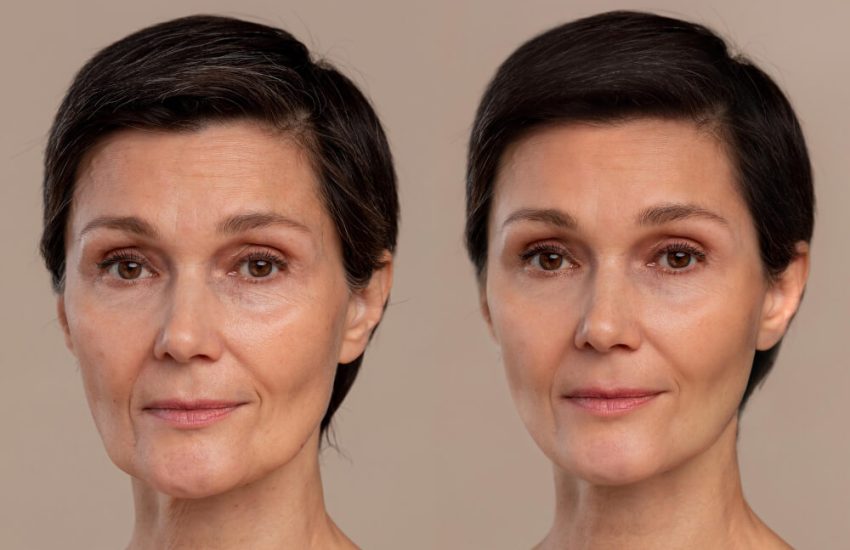Bone Spurs: Symptoms, Diagnosis, and Prevention
Bone spurs or osteophytes are smooth bony growths that form at the joints or where two bones meet. They can form on many body parts, including your shoulders, neck, hands, spine, heels, hips, and knees. Most Upper East Side bone spurs cause no problem, but if they rub against other bones or press on nerves, you may experience pain and stiffness.
What are the symptoms of bone spurs?
Many people don’t realize they have a bone spur until they get an x-ray as a diagnosis for another problem. Bone spurs only cause problems when they press on tendons, nerves, and other body structures. Then, you may have any of the symptoms below.
- Pain and stiffness in the affected joint, especially when you try to bend or move the affected area
- Cramps, muscle spasms, or weakness
- Bumps beneath your skin; these usually appear in the hands and fingers
- Trouble controlling bladder or bowel movements. This happens because the bony spurs press on certain nerves in the spine
These symptoms typically worsen when you exercise or try to move the affected joint. A bone spur can break off and get stuck in the lining, locking up the joint and making it hard to move.
Diagnosis bone spurs
Usually, regular doctors evaluate the bone spurs and refer the patients to a specialist. If you have bone spurs, you will likely need to see an orthopedic doctor or a rheumatologist. Orthopedic doctors focus on the musculoskeletal system, while rheumatologists specialize in joint problems. For diagnosis, your doctor will feel the joint to check for a bump and may also order an x-ray to better view the bone spurs. Below are other tests that your doctor can use to diagnose bone spurs.
- Magnetic resonance imaging (MRI). This test uses powerful magnetic and radio waves to create images of organs and structures in your body.
- CT scan. This powerful x-ray allows your doctor to have detailed images of your body.
- Electroconductive tests. They measure how fast your nerves relay electrical signals and also show nerve damage in the spine due to the bone spurs.
How can I prevent bone spurs?
You cannot prevent bone spurs resulting from the natural wear and tear of arthritis. But taking the following steps will help you prevent bone spurs caused by other things.
- Eat a well-rounded diet with lots of vitamin D and calcium to protect and strengthen your bones.
- Wear shoes with enough room for your toes. Ensure your shoes have good arch support with enough cushion to pad each step.
- Make sure your shoes are the right width and length. Get them fitted by a professional so they don’t rub against your feet as you walk. Wearing thick socks will also prevent your feet and shoes from rubbing.
- Keep extra pounds off.
- Practice regular weight-bearing exercises such as stair climbing and walking to keep your bones strong
Visit your doctor if you have signs of joint problems such as swelling, pain, and stiffness. Early diagnosis and treatment of arthritis are crucial to prevent the damage that causes bone spurs.
If you have questions about bone spurs, consult your doctor at NYC Footcare PC.




